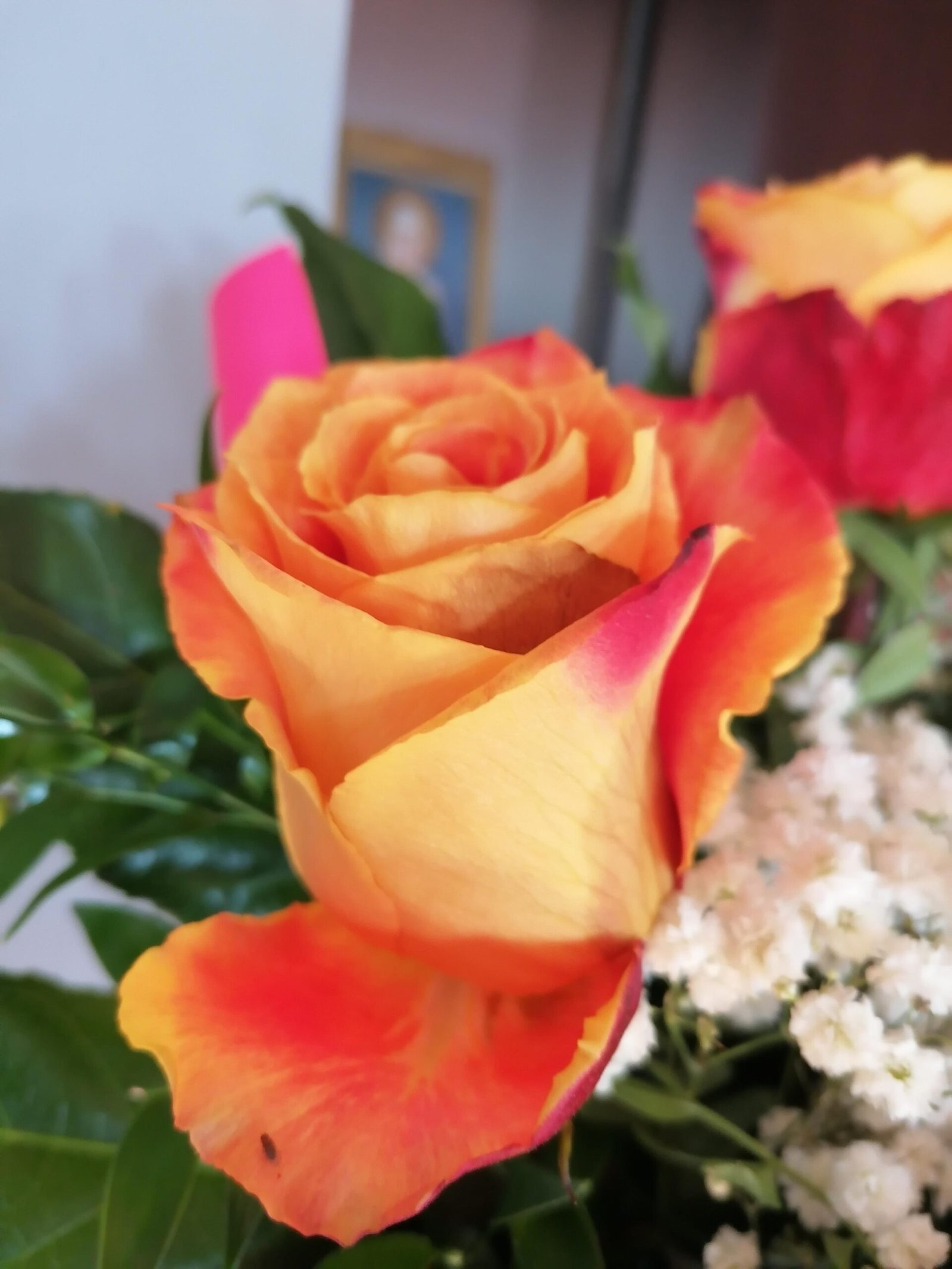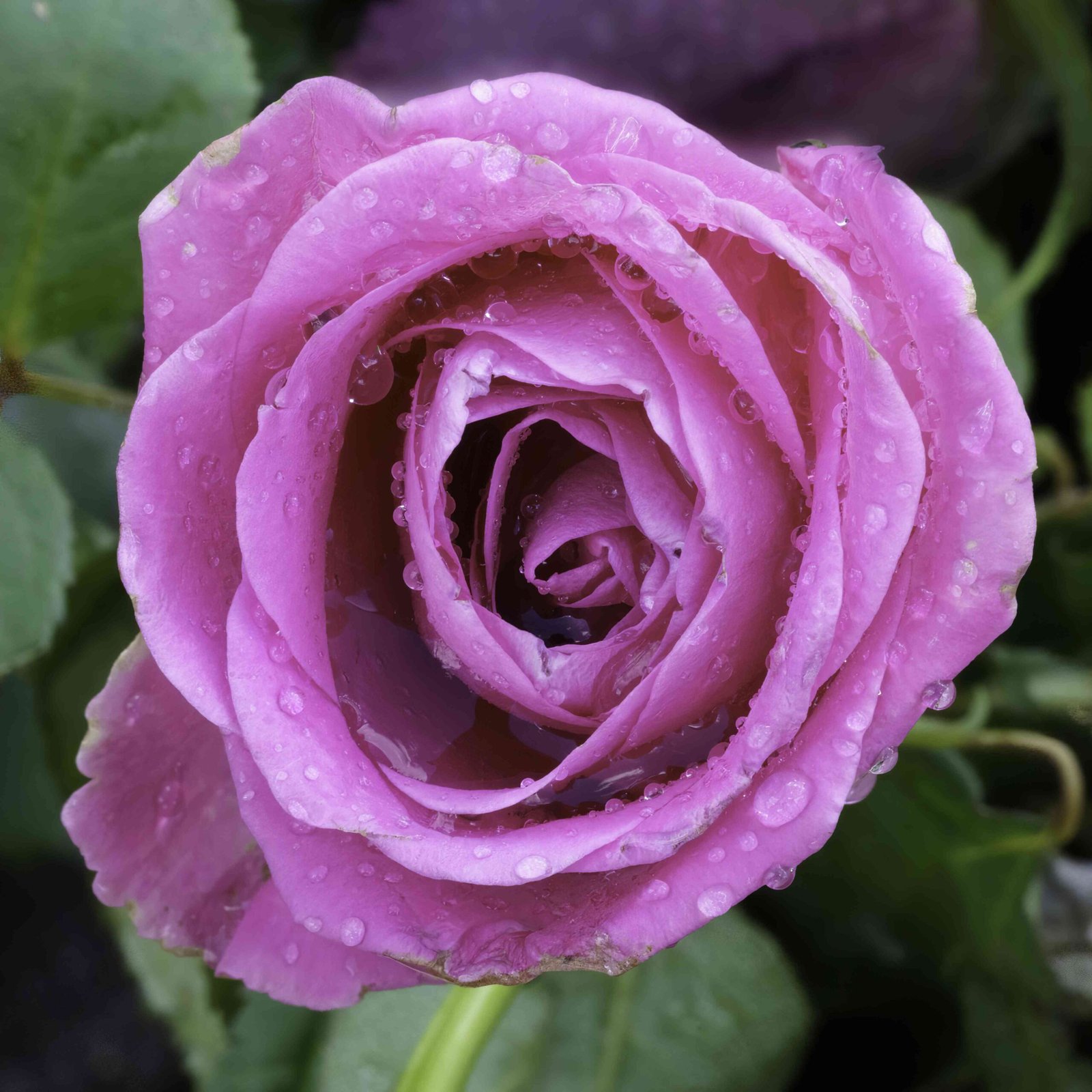What Causes Yellow Leaves on Roses?

To address the issue of yellow leaves on your roses, it’s important to understand the common causes, which include nutrient deficiencies, watering practices, pest and disease management, and environmental conditions.
How to Fix Nutrient Deficiencies in Roses?

Common Nutrients Lacking
Rose plants often suffer from deficiencies in iron, nitrogen, and magnesium, which can cause yellow leaves.
Iron Deficiency
This is indicated by pale yellow leaves with green veins, a condition known as chlorosis. High soil pH (above 6.5) can prevent the plant from accessing iron. To address this, use iron chelate or iron sulfate. Incorporating organic matter like compost can also enhance soil nutrient content.
Soil Testing
Conduct a soil pH test and nutrient analysis to determine the specific deficiencies. You can purchase a soil testing kit or send a sample to a lab for analysis.
Recommended Fertilizers
Use balanced, water-soluble fertilizers that include iron, nitrogen, and magnesium. For iron deficiency, apply iron chelate at the recommended rate on the product label, typically around 1-2 tablespoons per gallon of water.
Application Rates
Follow the instructions on the fertilizer package for application rates. Generally, a balanced fertilizer (e.g., 10-10-10 NPK) should be applied at the rate of about 1-2 pounds per 100 square feet of soil.
How to Optimize Watering Practices for Roses?
Optimal Watering Techniques
Roses need consistent moisture but do not like “wet feet.”
Soil Moisture Levels
Water your roses when the top inch of soil is dry. Check the soil moisture by inserting your finger into the soil up to the knuckle.
Frequency of Watering
Water deeply every few days, especially during hot weather. Roses prefer about 1-2 inches of water per week, either from rain or irrigation.
Signs of Overwatering
Overwatering can cause yellow leaves, wilting, and a general sogginess of the plant. The leaves might feel soft and pliable rather than crisp. If the soil is waterlogged, adjust your watering schedule and ensure good drainage by adding coarse sand or organic material to the soil.
Signs of Underwatering
Underwatering can also cause yellow leaves, often with brown edges. Ensure that the soil does not dry out completely between waterings.
How to Manage Pests and Diseases Causing Yellow Leaves?
Common Pests and Diseases
Several pests and diseases can cause yellow leaves on roses.
Pests
- Spider Mites: Identified by white webbing on the underside of leaves and yellow spots or blotches on the leaves. Treat by rinsing the underside of the leaves with a strong stream of water every 3-4 days. For severe infestations, use neem oil or insecticidal soap at the recommended concentrations.
- Aphids and Thrips: These sucking pests can also cause yellowing leaves. Use neem oil or insecticidal soap to control them.
Diseases
- Black Spot: Characterized by irregularly shaped black or brown spots on the leaves, surrounded by yellow halos. Remove infected leaves and any fallen debris. Sanitize pruning tools between cuts to prevent spreading the disease. Use fungicides specifically labeled for black spot control if necessary.
- Rose Mosaic Disease: Causes yellow leaves with irregular patterns and splotches. This disease is viral and can be managed by removing infected plants and practicing good hygiene.
Treatment and Prevention
- Remove Infected Leaves: Regularly inspect your roses and remove any infected leaves or stems to prevent the spread of disease.
- Sanitize Tools: Always sanitize pruning tools between cuts to prevent the spread of diseases.
- Use Fungicides: For fungal diseases like black spot, use fungicides specifically labeled for rose diseases. Follow the product instructions for application rates and concentrations.
- Maintain Good Hygiene: Keep the area around your roses free of debris and weeds to improve air circulation and reduce the risk of disease.
How Do Environmental Conditions Affect Rose Leaves?
Light
Roses need adequate sunlight to thrive.
Ideal Range
Most roses need 6-8 hours of direct sunlight per day. If the plant is shaded, especially by dense foliage at the top, trim back surrounding plants or the rose shrub itself to allow more sunlight to reach the interior of the plant.
Temperature
Roses are generally tolerant of a wide range of temperatures but can suffer from extreme conditions.
Ideal Range
Roses prefer temperatures between 65°F and 85°F (18°C and 30°C). Avoid placing roses in areas where they are exposed to reflected heat from buildings or pavement, and use mulch to protect the roots from heat stress.
Humidity
High humidity can exacerbate certain diseases.
Ideal Range
While roses can tolerate a range of humidity levels, high humidity can increase the risk of fungal diseases. Ensure good air circulation around the plants to mitigate this risk.
References
[1] https://www.epicgardening.com/roses-yellow-leaves/
[2] https://forum.rose.org/t/yellow-leaves-on-my-roses/17
[3] https://www.gardeningknowhow.com/ornamental/flowers/roses/yellow-rose-leaves.htm
